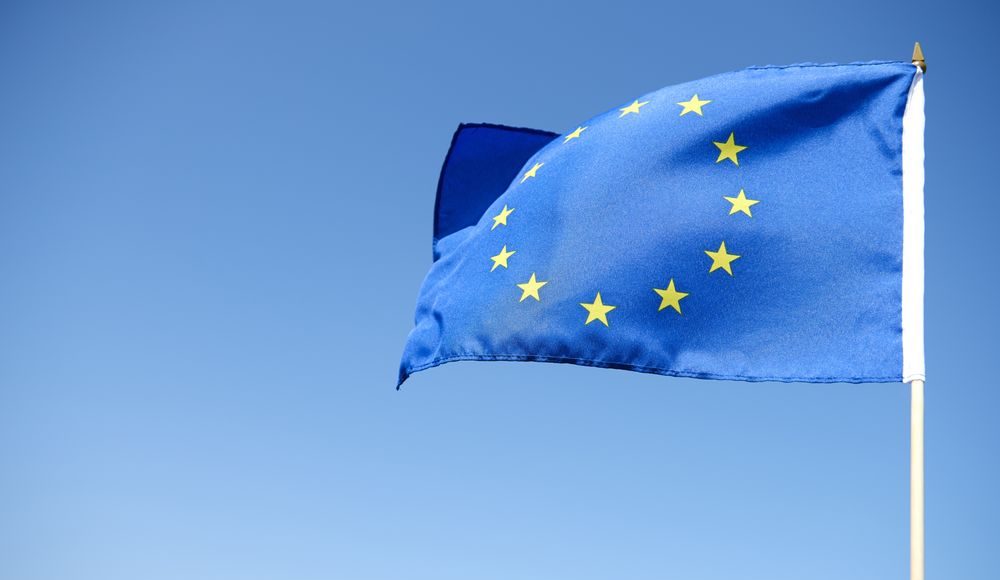Tamarind Intelligence editorial director Barnaby Page, explained that while European countries tend to have more favourable attitudes towards THR strategies and products, laws in the region tend to change rapidly, either due to government changes or simply because new issues surface, ” ..such as underage vaping or the environmental impact of disposable vapes come into the spotlight.”
In Spain, current vape regulations are quite harsh. In fact, last year 170 national and international THR experts sent an open letter calling on local authorities to change their strategy and embrace tobacco harm reduction. Finland who has similarly maintained a strict stance towards the products, has recently banned all kinds of tobacco and vape flavours.
In Ireland, Health Minister Stephen Donnelly has proposed a legislation that would ban the sales of vapes to under 18s. The bill has also restricted where the products can be advertised and who can sell them. On the other hand, last year ECigIntelligence had revealed that the Czech Republic is set to become the main EU proponent of tobacco harm-reduction policy.
Many EU parliamentary members do not know much about vapes
Meanwhile, a 2021 survey of members of the European Parliament (MEPs) also conducted by ECigIntelligence and TobaccoIntelligence, aimed to gauge their opinions about safer nicotine alternatives. Responses were obtained from over 30 MEPs, representing nearly 5% of the European Parliament, and the main findings were summarized as follows:
- “A high proportion of MEPs have no knowledge about new nicotine products.
- Views on risk seem linked to knowledge of the products. Those MEPs with knowledge of the products are more likely to consider the products less risky than smoking; those with no knowledge are more likely to consider the products the same or more harmful compared to smoking.
- A majority of MEPs believe new nicotine products are likely to help existing smokers quit.
- MEPs predominantly think that vaping is safer than smoking, but up to 1 in 5 think that some new nicotine products can be as risky as smoking.”
Swedish health agency ignores local evidence
Meanwhile a recent report highlighted that in the coming months Sweden’s smoking rate will be dropping below 5% thanks to the use of safer nicotine alternatives. Titled, “Leading the way to a smoke-free Europe: The experience of Sweden,” the paper highlighted Sweden’s holistic approach.
While implementing the WHO Framework Convention for Tobacco Control as well as EU legislation and recommendations to the highest standards, with a large focus on prevention, Sweden has also put a great emphasis on incorporating tobacco harm reduction strategies which endorse the use of novel nicotine products, namely snus. Anders Milton, one of the report’s authors, highlighted that if other EU countries copied Sweden’s strategy, the situation in Europe would look different.
However in some cases, these data have just fallen on deaf ears. Ignoring the report, Swedish Public Health Agency, Folkhälsomyndigheten, has just called for stronger regulations of nicotine products such as snus and vapes, the exact products which have been credited for the impressive drop in smoking rates.
Reiterating this argument, the World Vapers ‘ Alliance (WVA) also highlighted that the recommendations would be a step backwards for Sweden. “It is a tragedy for public health when a country’s leading health agency fails to acknowledge the harm reduction potential of snus and vaping. The main objective has been overlooked: reducing the number of smokers and tackling smoking-induced illnesses. Vaping is not smoking and must not be treated the same. Regulation must be drafted to encourage current smokers to switch to these less harmful alternatives,” said Michael Landl, Director of the World Vapers’ Alliance (WVA).








